In Mathematics There Is A Concept Known As ‘Conformal Mapping’ Which Allows You Convert A Given Shape





In mathematics there is a concept known as ‘Conformal Mapping’ which allows you convert a given shape to a completely different one by making a transformation.
In the joukowski transform you take all the points on a circle and apply the following transform:

And the resulting transformed points resemble an aerofoil shape. Pretty cool huh ?
** Conformal mappings are a really cool topic in complex analysis but also equally extensive. If you want to know more about them click here
More Posts from T-sci-eng and Others






Crazy Looking Bamboo Tower Creates 25 Gallons of Drinking Water Per Day From Thin air
This crazy looking tower creates 25 gallons of drinking water per day from thin air. It’s basically an atmospheric water collector which gathers dew from the air.
“…The 9 m tall bamboo framework has a special fabric hanging inside capable to collect potable water from the air by condensation…”
It’s called the WarkaWater:
“…The name ‘WarkaWater’ comes from the Warka Tree, a giant wild fig tree native to Ethiopia, traditionally used for public gatherings and school education. The Warka Tree is an archetype of the Biennale theme ‘Common Ground’…”
The simple and practical, yet elegant design powers out ahead of any of the commercial atmospheric water generators on the market which cost thousands more to build than this.
This is a wonderful water generation idea, that’s inexpensive, and actually beautiful to look at.
Water is life, and being designed after a tree. This is a real Tree of Life.
Physical Science...In Space!
Each month, we highlight a different research topic on the International Space Station. In May, our focus is physical science.

The space station is a laboratory unlike any on Earth; on-board, we can control gravity as a variable and even remove it entirely from the equation. Removing gravity reveals fundamental aspects of physics hidden by force-dependent phenomena such as buoyancy-driven convection and sedimentation.

Gravity often masks or distorts subtle forces such as surface tension and diffusion; on space station, these forces have been harnessed for a wide variety of physical science applications (combustion, fluids, colloids, surface wetting, boiling, convection, materials processing, etc).

Other examples of observations in space include boiling in which bubbles do not rise, colloidal systems containing crystalline structures unlike any seen on Earth and spherical flames burning around fuel droplets. Also observed was a uniform dispersion of tin particles in a liquid melt, instead of rising to the top as would happen in Earth’s gravity.

So what? By understanding the fundamentals of combustion and surface tension, we may make more efficient combustion engines; better portable medical diagnostics; stronger, lighter alloys; medicines with longer shelf-life, and buildings that are more resistant to earthquakes.

Findings from physical science research on station may improve the understanding of material properties. This information could potentially revolutionize development of new and improved products for use in everything from automobiles to airplanes to spacecraft.
For more information on space station research, follow @ISS_Research on Twitter!
Make sure to follow us on Tumblr for your regular dose of space: http://nasa.tumblr.com


Withstanding a blast of electricity from a huge Tesla coil using a Faraday cage
A Faraday cage shields the interior from external electromagnetic radiation and electrical fields by channelling electricity through the cage, providing constant voltage on all sides of the enclosure. Since the difference in voltage is the measure of electrical potential, no current flows through the interior space of the cage. In our daily lives we are surrounded by this invention. Faraday cages can be found in microwave ovens, elevators and around our computer cables (the shield around cables such as USB’s protects the internal conductor from external electrical noise). Even in your everyday car or plane journey you are surrounded by a Faraday cage protecting you from the adverse effects of electrical fields such as lightning.
Watch the full clip in the 2016 CHRISTMAS LECTURES, ‘Supercharged: Fuelling the future’.

Proof without words - Pi
This was intended to be posted on Pi-day earlier this month, but somehow that didn’t happen.
Hope this beautiful pi gif on this sizzling Saturday puts a smile on your face and guides you through the day.
Have a good one!
Photo credit: Lucas V. Barbosa via Wikimedia Commons
** FYP’s Pi-day post ( if you are interested )
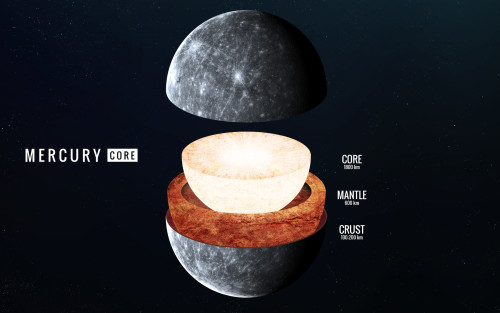
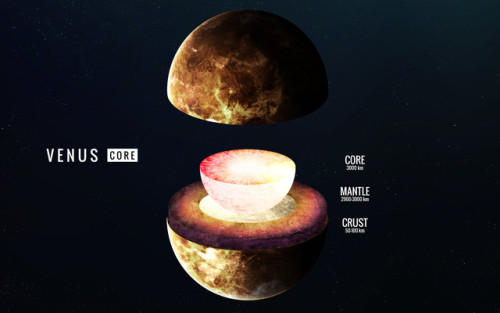

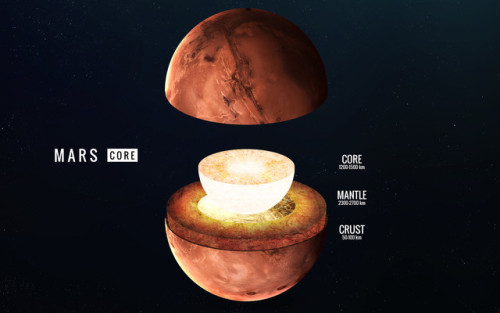
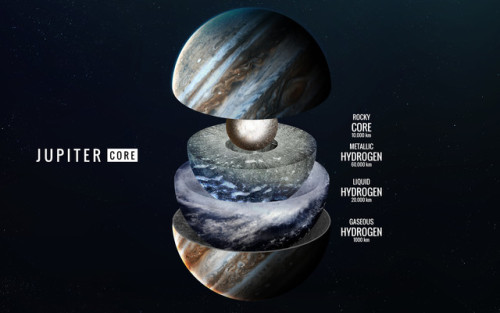
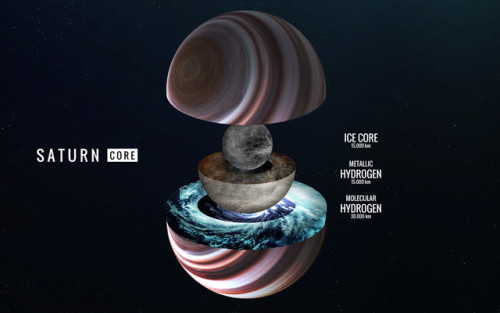
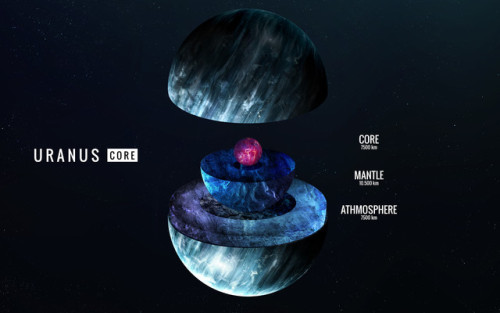
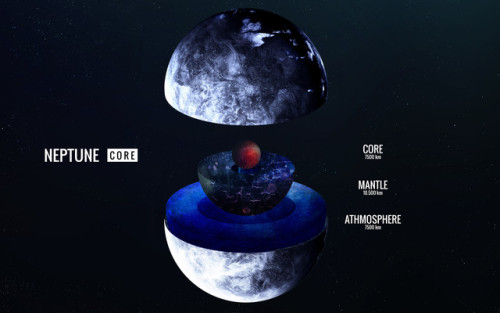
Inside - Vadim Sadovski
How platinum powers the world

Platinum bars. Image: Sprott Money@Flickr
Platinum is one of the most valuable metals in the world. Precious and pretty, it’s probably best known for jewelry – and that is almost certainly its oldest use. But its value has become far greater than its decorative ability; today, platinum powers the world. From agriculture to the oil markets, energy to healthcare, we use platinum far more than we realise.
1. Keep the car running

Platinum is needed to make fuel for transport. Image: Pixabay
Platinum catalysts are crucial in the process that converts naphtha into petrol, diesel, and jet-engine fuel, which are all vital to the global economy. The emissions from those petroleum fuels, however, can be toxic, and platinum is also crucial in the worldwide push to reduce them through automotive catalytic converters. In fact, 2% of global platinum use in 2016 was in converting petroleum and 41% went into reducing emissions – a circle of platinum use that’s more impressive than a ring.
2. Feed the world

Nitric acid is a by-product of platinum which is used in fertilisers. Image: Pixabay
Another vital global sector that makes use of platinum catalysts is agriculture. Without synthetic fertilisers, we would not be able to produce nearly as much food as we need. Nitric acid is essential for producing those fertilisers and platinum is essential for producing nitric acid. Since 90% of the gauzes required for nitric acid are platinum, we may need to use more of it as we try to meet the global food challenge.
3. Good for your health

A pacemaker. Image: Steven Fruitsmaak@Wikimedia Commons
Platinum is extremely hard wearing, non-corrosive, and highly biocompatible, making it an excellent material to protect medical implants from acid corrosion in the human body. It is commonly used in pacemakers and stents. It is also used in chemotherapy, where platinum-based chemotherapeutic agents are used to treat up to 50% of cancer patients.
Keep reading

It’s a technicolour dreamcoat for your crisp packet – a strong, flame-retardant and airtight new material that mimics mother of pearl.
The natural version, also called nacre, is found on the inner shell of some molluscs, where it is built up of layers of the mineral aragonite separated by organic polymers such as chitin. It is remarkably strong, without being brittle or dense.
We would like to use nacre and similar materials as a protective coating in many situations. However, making them is a slow and delicate process that is difficult to recreate at any useful scale. Artificial nacre-like materials are usually painstakingly built up layer by layer, but Luyi Sun at the University of Connecticut in Storrs and his colleagues found a way to do it all in one go.
Continue Reading.
On the direction of the cross product of vectors
One of my math professors always told me:
Understand the concept and not the definition

A lot of times I have fallen into this pitfall where I seem to completely understand how to methodically do something without actually comprehending what it means.
And only after several years after I first encountered the notion of cross products did I actually understand what they really meant. When I did, it was purely ecstatic!
Why on earth is the direction of cross product orthogonal ? Like seriously…
I mean this is one of the burning questions regarding the cross product and yet for some reason, textbooks don’t get to the bottom of this. One way to think about this is :
It is modeling a real life scenario!!
The scenario being :

When you try to twist a screw (clockwise screws being the convention) inside a block in the clockwise direction like so, the nail moves down and vice versa.

i.e When you move from the screw from u to v, then the direction of the cross product denotes the direction the screw will move..
That’s why the direction of the cross product is orthogonal. It’s really that simple!
Another perspective
Now that you get a physical feel for the direction of the cross product, there is another way of looking at the direction too:
Displacement is a vector. Velocity is a vector. Acceleration is a vector. As you might expect, angular displacement, angular velocity, and angular acceleration are all vectors, too.
But which way do they point ?

Let’s take a rolling tire. The velocity vector of every point in the tire is pointed in every other direction.
BUT every point on a rolling tire has to have the same angular velocity – Magnitude and Direction.
How can we possibly assign a direction to the angular velocity ?

Well, the only way to ensure that the direction of the angular velocity is the same for every point is to make the direction of the angular velocity perpendicular to the plane of the tire.
Problem solved!
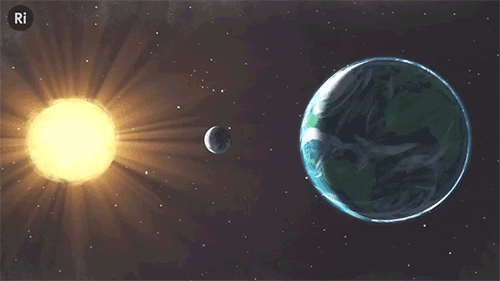
What have eclipses ever done for science? Quite a lot, actually!
The first measurement of the width of the Atlantic ocean in the 16th Century



When British settlers arrived in Virginia in the US, they weren’t sure how far across the globe they’d gone. They recorded the local time of a total eclipse of the moon - which is seen all across the night-time side of the planet. Their colleagues in London did the same, and when the travellers returned they could figure out the five hour time difference.
Edmond Halley discovered that the moon is moving away from the Earth


Halley realised you could back-calculate when previous eclipses would have occurred. But he noticed a mismatch between his predictions and the history books. The reason, he discovered, what that he was assuming the moon stayed the same distance from the Earth. It is actually getting further at about the rate your fingernails grow. And that means that one day (in a few million years, that is), the moon will be too far away to create any more total solar eclipses.
In 1919 a solar eclipse proved Einstein’s theory of relativity

Einstein’s theory predicted that the sun’s gravity should bend the light of nearby stars, meaning that in theory we should be able to see stars that are hidden just behind the sun. However, sunlight always blocks our view of these stars, and it was only during a solar eclipse that there was a short window to see if hidden stars were visible, as predicted. Astronomer Arthur Eddington travelled to West Africa and took photos that proved Einstein right.
Scientists still use solar eclipses today
It’s very hard to study the sun’s corona - a tenuous hot gas, which just one millionth of the light intensity of the sun. The shapes and lines of the corona show the nature of the sun’s magnetic field, and are only visible to study during an eclipse. NASA are also using this opportunity to help create the first thermal map of Mercury!
Want to know more? Watch our full video.
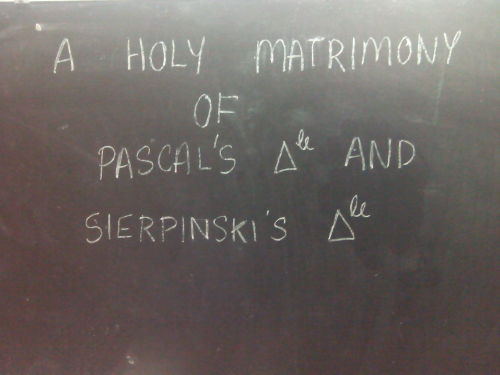
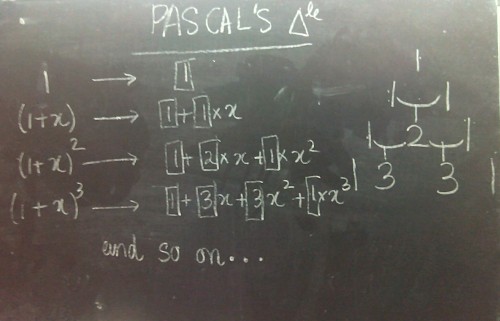
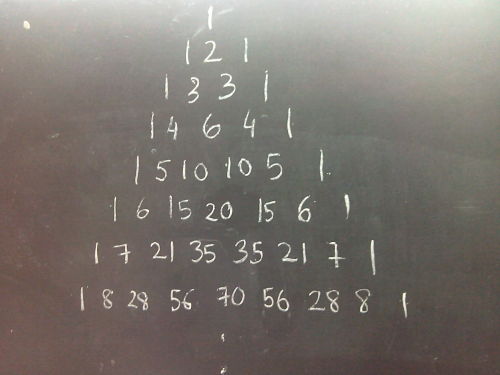
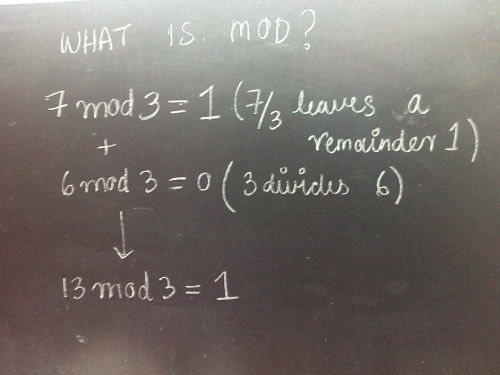
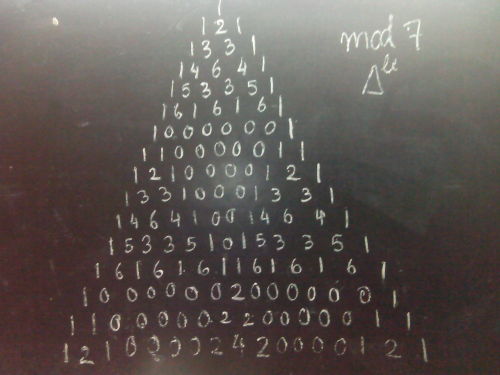
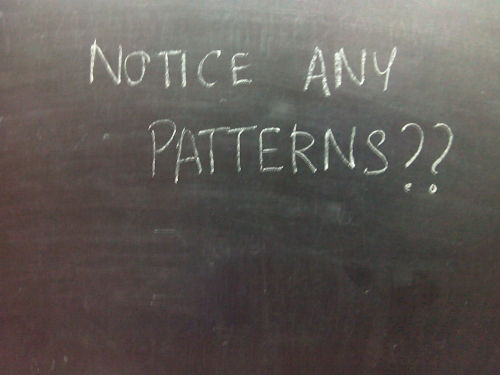
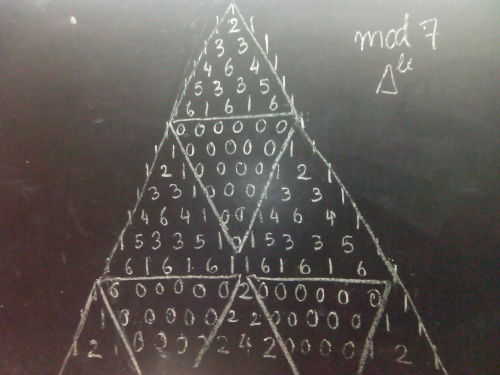
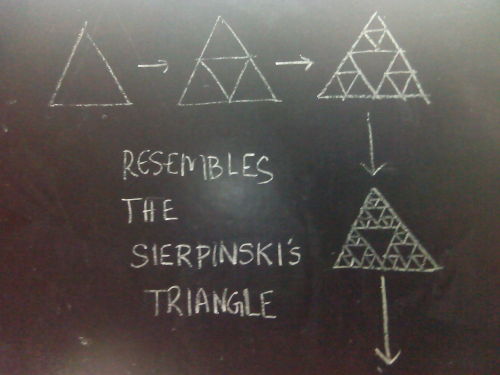
Nature manifests itself in patterns. The interweaving of math with these patterns produces euphoria
What do you see ? Let use know in the comments :)
Quench your thirst for knowledge with:
More about Pascals triangle and Binary Trees - Vihart
Scary Sierpinski Skull Time
Mathematical secrets of the pascal’s triangle
Code to generate Pascal’s triangle mod in Python
-
 davidcreburn-blog liked this · 6 years ago
davidcreburn-blog liked this · 6 years ago -
 disdragon reblogged this · 6 years ago
disdragon reblogged this · 6 years ago -
 disdragon liked this · 6 years ago
disdragon liked this · 6 years ago -
 rumplefuckingstiltzkin reblogged this · 6 years ago
rumplefuckingstiltzkin reblogged this · 6 years ago -
 borkborkheresadork liked this · 6 years ago
borkborkheresadork liked this · 6 years ago -
 kindwarrior reblogged this · 6 years ago
kindwarrior reblogged this · 6 years ago -
 george-the-capybara liked this · 6 years ago
george-the-capybara liked this · 6 years ago -
 wgxcioo718czr liked this · 6 years ago
wgxcioo718czr liked this · 6 years ago -
 saccharinfusion liked this · 6 years ago
saccharinfusion liked this · 6 years ago -
 gojw liked this · 6 years ago
gojw liked this · 6 years ago -
 bobl7 reblogged this · 6 years ago
bobl7 reblogged this · 6 years ago -
 t-sci-eng reblogged this · 7 years ago
t-sci-eng reblogged this · 7 years ago -
 vlezorleeglyi-blog liked this · 8 years ago
vlezorleeglyi-blog liked this · 8 years ago -
 a-sincronico liked this · 8 years ago
a-sincronico liked this · 8 years ago -
 a-loss-forwords liked this · 8 years ago
a-loss-forwords liked this · 8 years ago -
 bewitcheddarkness liked this · 8 years ago
bewitcheddarkness liked this · 8 years ago -
 eleanor-arroway reblogged this · 8 years ago
eleanor-arroway reblogged this · 8 years ago -
 konstsnoktin liked this · 8 years ago
konstsnoktin liked this · 8 years ago -
 nataliemarisa liked this · 8 years ago
nataliemarisa liked this · 8 years ago -
 brezzy88 reblogged this · 8 years ago
brezzy88 reblogged this · 8 years ago -
 brezzy88 liked this · 8 years ago
brezzy88 liked this · 8 years ago -
 thelilacprince reblogged this · 8 years ago
thelilacprince reblogged this · 8 years ago -
 thelilacprince liked this · 8 years ago
thelilacprince liked this · 8 years ago -
 asymptoticabsurdist liked this · 8 years ago
asymptoticabsurdist liked this · 8 years ago -
 the-little-town-on-the-desk liked this · 8 years ago
the-little-town-on-the-desk liked this · 8 years ago -
 elefrathings liked this · 8 years ago
elefrathings liked this · 8 years ago